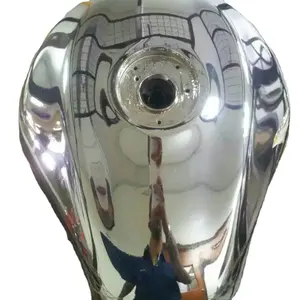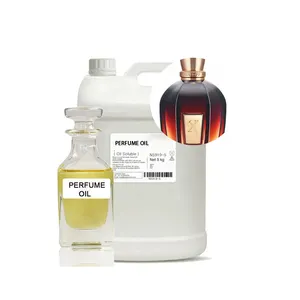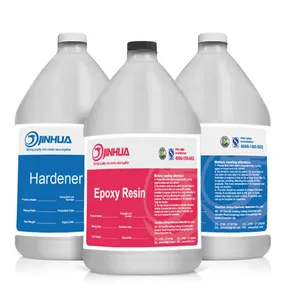Popular in your industry





























































Related Searches:


































































































































Top categories
About weather proof paint
Introduction
As the elements become increasingly unpredictable, it's crucial to protect your property from weather-related damage. This article explores the significant role of weatherproof paint in safeguarding your property and saving you money. We'll delve into the science behind weatherproof paint, its types, and how it resists water penetration. We'll also provide a cost-benefit analysis, demonstrating how this type of paint can be a cost-effective choice for your painting projects. Lastly, we'll offer practical tips for using weatherproof paint to ensure its maximum efficiency.
Understanding Weatherproof Paint
Weatherproof paint, also known as waterproofing paint, is a special coating designed to prevent water from seeping through walls, floors, and other surfaces. It's commonly used in areas where moisture can be problematic, such as bathrooms, kitchens, and basements. This type of paint not only provides protection but also enhances the aesthetics of your property with its range of colours and finishes. It comes in various types, each with unique properties and applications, suitable for different surfaces like concrete, wood, and metal.
How Weatherproof Paint Works
Weatherproof paint creates a barrier that resists water penetration. It employs water-repellent coatings and sometimes uses gaskets or o-rings to seal seams. The paint is designed to be water-resistant and sometimes waterproof, shedding water from a sloping surface. The technology in waterproofing materials has advanced, with integral waterproofing systems and advanced membrane materials. Integral systems work within the matrix of a structure, giving it a waterproof quality. There are two main types of integral waterproofing systems: the hydrophilic and the hydrophobic systems. Hydrophilic systems use a crystallization technology that replaces the water in the structure with insoluble crystals. Hydrophobic systems use sealers to block pores within the structure, preventing water passage.
Types of Weatherproof Paint
There are three main types of paint formulas: acrylic, latex, and oil-based. Acrylic paints are durable and long-lasting, ideal for exterior painting projects. They work well on wood, aluminum, or fiber cement siding, and can cover stucco, plaster, and drywall. Latex paints are cheaper, easy to apply, and quick to dry. They are suitable for both interior and exterior use. Oil-based paints, while not widely used due to health restrictions, are still ideal for certain exterior painting projects. They shrink less, hold up in high-traffic areas, and work well on porch floors, doors, trim, and other small details.
The Cost-Benefit Analysis of Weatherproof Paint
Weatherproof paints are cost-friendly as they protect your walls from water damage, reducing potential repair and maintenance costs. Investing in weatherproof paint is less expensive than regular paints and it's a significant long-term investment. Maintenance costs for walls and materials with weatherproof paint are relatively lower since they require little maintenance. Weatherproof paint is also highly durable, meaning you won’t have to worry about reapplying it for many years, further saving on costs.
Initial Costs vs Long-Term Savings
While the upfront cost of eco-friendly paints, which can be weatherproof, may be slightly higher than conventional paints, they offer long-term savings. Thanks to their durability and longevity, these paints require less frequent repainting, reducing maintenance costs. Additionally, their low VOC content may contribute to improved indoor air quality, leading to potential savings on medical expenses. Therefore, considering the initial costs versus long-term savings, weatherproof paint can be a cost-effective choice for your painting projects.
Reduced Maintenance and Repair Costs
Weatherproof paints protect your walls from water damage, reducing potential repair and maintenance costs. Investing in weatherproof paint is less expensive than regular paints and requires little maintenance, making it a significant long-term investment. Weatherproof paint is also highly durable, lasting for many years without reapplication, further reducing maintenance and repair costs. If you're renting your space out, waterproofing your interior walls will ensure that damage from the tenants will be minimal and maintenance costs won't skyrocket.
Enhanced Property Value
Exterior painting, particularly with weatherproof paint, enhances property value in several ways. A well-maintained and visually appealing exterior leaves a positive impression on potential buyers, increasing the property's perceived value. Regular painting protects the building from environmental damage, prolonging its lifespan and reducing future repair costs. This well-kept appearance attracts buyers, potentially leading to multiple offers and a higher selling price. Therefore, weatherproof paint not only saves on maintenance costs but also significantly contributes to property value appreciation.
Practical Tips for Using Weatherproof Paint
To ensure a successful weatherproof paint job, follow these practical tips. First, remove all old paint to prevent new paint from cracking. Replace any poor siding that could make the paint susceptible to water. Before applying a fresh coat, seal any cracks in the siding with caulk. Check your foundation for any damage that could affect the paint job. Ensure proper irrigation of drains to prevent water seepage into the walls. Lastly, maintain your gutters to direct rainfall away from your walls, preventing unnecessary damage to your paint job.
Choosing the Right Weatherproof Paint
Choosing the right weatherproof paint involves more than just picking a color. Consider durability, with acrylic-based paints offering resistance to fading, cracking, and peeling. Look for paints with low VOC levels for safety. Dry time is also important, with acrylic latex paints drying faster than oil-based ones. The color's longevity matters, with premium paints containing titanium dioxide ensuring vibrancy over time. Weather resistance is crucial, with acrylic latex-based paints known for superior resistance. Lastly, ensure the paint is suitable for the surface you're painting.
Proper Application for Maximum Efficiency
Applying weatherproof paint can be a meticulous process. Basement walls are typically uneven and have many hard-to-reach areas. The paint is thick and difficult to transport, and it can get everywhere. If you use a paint roller and brushes, it's easy to miss several areas, leaving open gaps for water to get in. If you're intent on applying weatherproof paint, consider using an air sprayer to ensure that you cover all those gaps. However, be prepared for a time-consuming task, especially if you have a large basement.
Conclusion
In conclusion, weatherproof paint is a valuable investment for any property owner. Its unique properties offer protection against water damage, enhancing the durability and aesthetics of your property. The initial cost is offset by long-term savings from reduced maintenance and repair costs, and potential property value appreciation. Choosing the right type of weatherproof paint and applying it correctly are key to maximizing its benefits. Despite the challenges in application, the effort is worthwhile for the protection and savings it brings. So, stay ahead of the elements and consider weatherproof paint for your next painting project.

















































